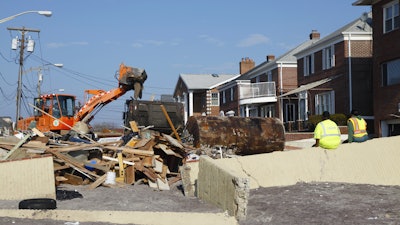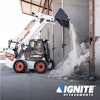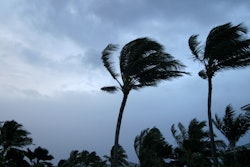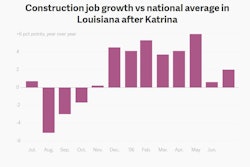
The past couple months have seen the U.S. hit by a trifecta of natural disasters — an inland hurricane (derecho) in the heartland, wildfires all along the West Coast and not one but two hurricanes in the Gulf. The recovery efforts are ongoing and could take months or even years to complete.
While the devastation in the regions affected is horrific, the recovery process does offer opportunity for the construction industry to step in to help. Communities need resources to clean up damaged structures and debris, and rebuilding will require experienced contractors and equipment. For those with the right skills and tools, the extent of recovery involved will be a tempting proposition for their business.
Yet, the circumstances surrounding disaster recovery this time are different than in past conditions. Not only must companies bidding cleanup and recovery and rebuilding projects take into account the challenges of tackling difficult and in some cases hazardous undertakings, they must do so while in the throes of an ongoing pandemic.
The pandemic complicates the process, particularly for firms coming from outside the area. It’s important that you take all the variables into consideration before bidding this type of work. Here are just a few questions to ask yourself.
- Do you understand the full scope of the project and responsibilities? Recovery projects can be more complex than they appear on the surface. Take special care when reviewing the project RFP to avoid any unpleasant and potentially costly surprises. And since the pandemic may limit certain resources, be sure you calculate the full extent of your costs to complete the work.
- What are all of the hazards associated with conditions on and around the project site? Whether it’s ash and soot from the fires or deadly snakes in regions affected by flooding, make sure you know the conditions crews may encounter that could negatively impact both people and equipment. Also be aware of COVID case counts in the region and what that could mean for personnel traveling into and around the area.
- What are the state or local regulations/restrictions? If you have not worked in a particular region previously, familiarize yourself with any restrictions on the type of equipment that can be used, time frames during which activity can occur, permits that may be needed, etc. In addition, determine if there are any specific pandemic-related requirements, since these can vary from state to state and even by community.
- Can you provide or obtain all the resources to complete the project in the time frame required? Determine whether you can secure and safely transport the necessary people and equipment to the site, and whether you can add to your arsenal locally if needed. Assess the difficulties for storing equipment and materials, as well as safely housing and meeting the needs (food, PPE, etc.) of employees throughout the project’s duration and under pandemic conditions.
Disaster recovery is not your typical construction job and these are not typical times. How you answer these and other questions will determine if you have all the information and resources needed to get the job done successfully and safely.




















